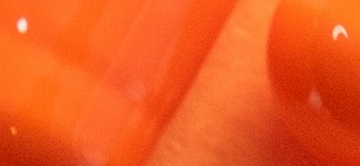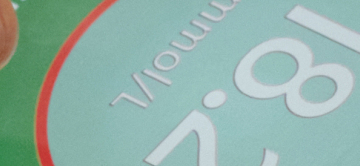Junk-food markets tend to be dominated by a small number of firms, selling multiple brands and advertising heavily. Would a ban on advertising junk food – such as sweets and soft drinks – help to tackle rising rates of obesity? Crunching the numbers for potato crisps, TSE professor Pierre Dubois has examined the complex effects of advertising on prices and consumer behavior.
The World Health Organization and other policy organizations have called for restrictions on junk-food advertising. The success of such restrictions in promoting healthier diets would be determined by the ways in which advertising affects consumer choice, and how firms respond to an advertising ban. The size of the impact depends on how much advertising for a brand stimulates demand for other brands, and whether the overall effect changes the size of the market. It also depends on whether advertising makes demand more sensitive to price, and whether firms respond to restrictions strategically – for instance, by lowering prices.
In a recent paper, Pierre estimates how demand for different brands of crisps in the UK is affected by advertising. Together with co-researchers Rachel Griffith and Martin O’Connell, he uses the estimates to simulate the impact of an advertising ban, considering both consumer response and price changes.
Persuasive, informative or complementary?
Economists have long been interested in the mechanism through which advertising affects consumer choice. ‘Persuasive’ theories argue that advertising makes demand less elastic, distorting consumer decision-making. ‘Informative’ theories suggest that advertising helps consumers overcome costly search. The ‘complementary’ view highlights how advertising can enhance the value of a good by, for example, improving its social prestige.
To empirically assess the impact of an advertising ban on consumer switching, prices and health, Pierre needed a model that accommodates all the ways that advertising might alter the shape of demand. This could be done while remaining agnostic about how advertising affects consumer utility: for instance, persuasive and complementary advertising can have empirically indistinguishable effects on consumer demand. To make statements about the impact on consumer welfare, however, a more definitive view was needed.
Estimating effects
To obtain robust empirical estimates of the causal effects of advertising on consumer choice, Pierre examined the extent to which individuals were exposed to advertising of crisps, looking at the time and TV station chosen by different brands, and consumers’ viewing behavior. Panel data on purchases allowed Pierre’s team to control for several potentially confounding factors.
Brand advertising may be predatory, taking market share from rival products; or it might be cooperative, so that more advertising for one product increases demand for other products. Pierre’s demand specification allowed for the possibility that advertising was either predatory, cooperative or both.
People are unlikely to instantly forget adverts they see, so Pierre also allowed for the possibility that advertising effects demand both now and in the future. His price-setting model allowed him to capture how firms would adjust prices in response to a ban.
Consumer demand
Pierre’s research shows that advertising lowers the willingness of consumers to pay for healthier crisps. It also lowers the price sensitivity of demand and encourages people to switch to larger pack sizes. He finds evidence of both predatory and cooperative advertising. Overall, advertising expands the size of the market.
If advertising were banned and firms did not respond by changing prices, Pierre estimates that the total quantity of crisps sold would fall by around 15% – leading to similar falls in energy, saturated fat and salt from crisps. These health gains would be partially mitigated by people switching to other junk food, which was found to be more likely than adopting healthier snacks.
Firms’ response
Firms would face incentives to change their prices following any advertising ban. Advertising makes demand less elastic, so a ban raises the sensitivity of demand to prices, and encourages firms to lower prices. This is intuitive, says Pierre: banning competition in advertising intensifies price competition.
The response of firms to the ban offsets the reduction in demand for crisps that results directly from the absence of advertising. Prices in the market fall by 4% on average, and therefore in equilibrium the ban lowers demand for crisps by around 10% – which is two-thirds the reduction if prices were held constant.
Food for thought
Pierre’s research shows that a ban on crisp advertising would lead to health gains from lower consumption. But these health gains will be limited by firms lowering prices, which leads to an offsetting increase in demand; and by some consumers substituting crisps with other junk foods.
His analysis relies on carefully modelling the channels by which advertising can influence consumer demands. To take the analysis further and make welfare statements, he says researchers need to be more precise about whether advertising is persuasive, informative or complementary.
In addition to advertising regulation, Pierre and his co-authors recommend careful analysis of the efficiency of junk food taxes, examining how they might be targeted to improve consumer behavior.




